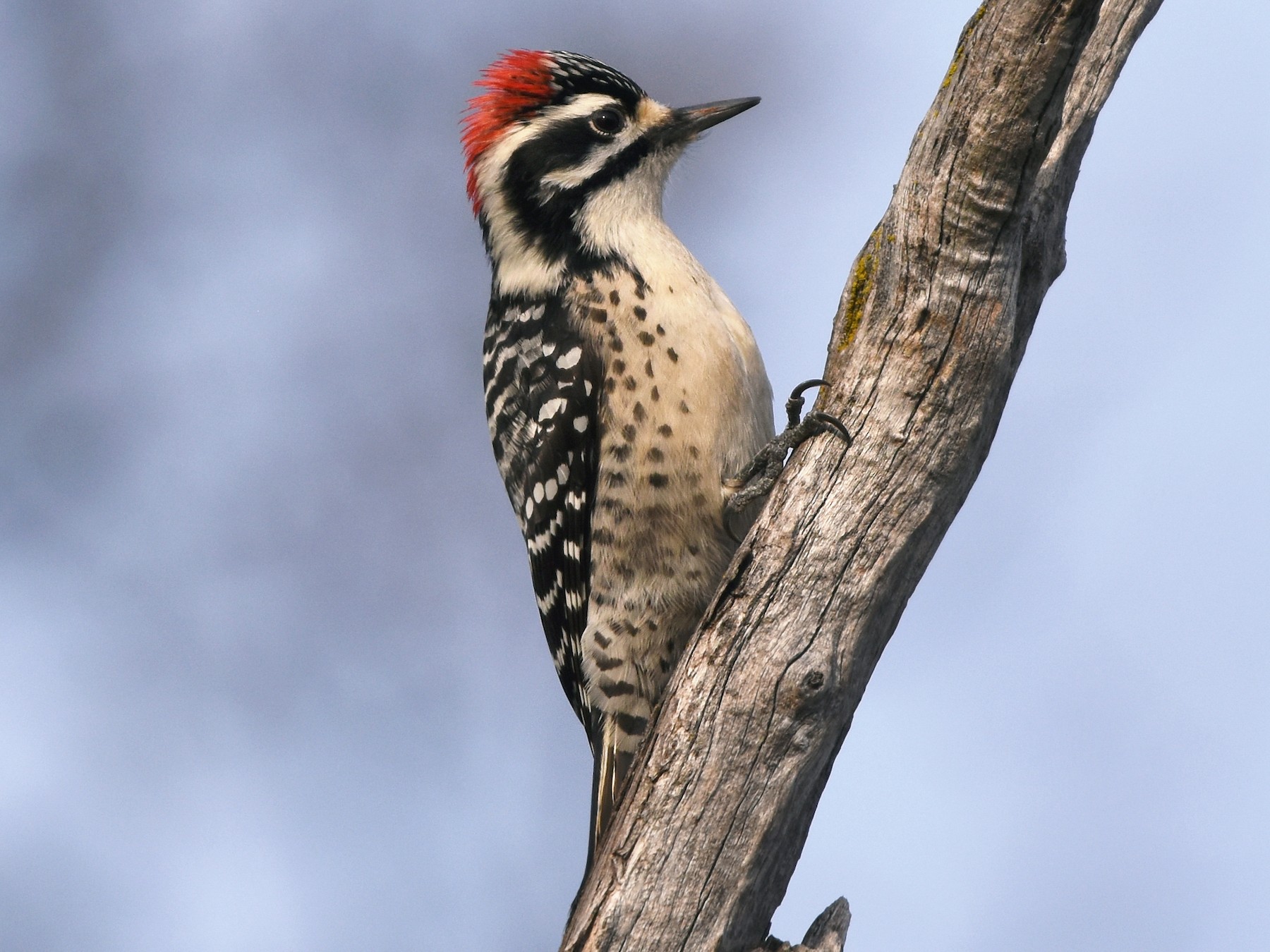Woodpeckers in Florida: Nature, Ecology, and Conservation
Woodpeckers in Florida: Nature, Ecology, and Conservation
Blog Article
Revealing the Secrets of Woodpeckers: Habits, Habitat, and Extra
Woodpeckers, with their special actions and specialized adjustments, have actually long amazed researchers and nature enthusiasts alike. By discovering the mysteries bordering woodpeckers' habits and environment choices, a deeper understanding of these bird marvels arises, providing a glance right into their remarkable globe.
Woodpecker Behavior Insights
In checking out woodpecker habits, a remarkable screen of specialized abilities and adjustments emerges, dropping light on their amazing ecological niche. Woodpeckers, known for their unique drumming on trees, have a range of behavior attributes that add to their survival and success in their atmosphere.
Furthermore, woodpeckers exhibit a distinct feeding actions identified by their ability to extract bugs from tree bark utilizing their specialized beaks. Their long, barbed tongues help in capturing target, while their solid neck muscular tissues give stability and precision throughout pecking movements. This feeding technique permits woodpeckers to gain access to concealed insect larvae and extract them with amazing efficiency.
Habitat Preferences and Selection
What elements influence the environment preferences and option of woodpeckers? Woodpeckers are highly versatile birds known to inhabit different environments worldwide. They do display choices for particular environment characteristics. One important factor affecting woodpecker environment option is the availability of ideal nesting websites. Woodpeckers commonly prefer woodlands with a mix of mature trees that provide adequate opportunities for dental caries excavation. These cavities act as essential nesting and roosting websites for woodpeckers and are vital for their reproducing success.
Additionally, woodpeckers reveal a preference for environments with a plentiful supply of food sources. They are largely insectivorous, feeding upon beetles, ants, larvae, and various other bugs found in rotting wood or tree bark. As a result, woodpeckers tend to prefer wooded locations with a varied insect populace to meet their dietary demands.
In addition, the presence of dead or decaying trees is another vital aspect in woodpecker environment option. These trees not just give food resources yet also provide ideal substrate for dental caries excavation. Dead trees are vital for the upkeep of healthy woodpecker populaces, as they play an essential function in the woodpeckers' life cycle and ecological community characteristics.
Feeding Behaviors and Diet Regimen Composition
Woodpeckers show a specialized feeding behavior focused on foraging for bugs within numerous habitats. In enhancement to pests, woodpeckers also take in tree sap, fruits, nuts, and seeds, including variety to their diet plan depending on the period and availability of food resources.
The foraging methods of woodpeckers are well-adapted to their arboreal way of living (Woodpeckers in Florida). Their capability to dig deep into timber not just gives them with food yet also helps in creating nesting dental caries and establishing regions. Woodpeckers play a crucial duty in keeping the wellness of forests by managing insect populations and aiding in the decay of wood. Understanding their feeding habits and diet make-up is important for conservation efforts intended at preserving these distinct and useful birds.
Drumming Appears and Communication
Utilizing rapid drumming sounds on various surfaces, woodpeckers use a distinct kind of communication to signify area boundaries and bring in mates. This drumming behavior is not only a method of communication yet additionally works as a way for woodpeckers to develop their presence within a their explanation specific location. The strength, speed, and pattern of the drumming can convey essential information to other woodpeckers in the area.
Woodpeckers make use of drumming sounds to reveal their visibility in a region and to alert off prospective intruders. The loud and repeated nature of the drumming functions as a clear signal to various other woodpeckers that the location is currently declared. This assists in reducing conflicts and decreasing physical confrontations in between people.

Survival Adaptations and Specialized Composition

Conclusion
In final thought, woodpeckers show special behaviors, such as drumming sounds for interaction, and have actually specialized composition for survival in their selected habitats. Their feeding routines and diet regimen structure additionally demonstrate their flexibility to different settings. By understanding these facets of woodpeckers, scientists and preservationists can better safeguard and protect these fascinating birds and their ecological communities.
Report this page